Your sales data is one of the most valuable tools for making smart decisions about what to sell. Instead of guessing which products will do well, you can analyze trends, cut slow movers, and expand into profitable categories. Here’s how to use sales data to refine your product lineup and maximize revenue.
1. Identify Your Best-Sellers & Stock More of Them 🔥
Your best-selling products drive the most revenue, so they should be a priority in your inventory.
✅ Check your top-performing products by sales volume and revenue.
✅ Make sure you have enough inventory of these items at all times.
✅ Expand popular designs. If a style of sticker or enamel pin is a best-seller, create similar variations.
💡 Example: I realized my cigarette cases were a top seller, so I expanded into more smoke-related products.
2. Cut Products That Don’t Sell Well 🚫
Not every product is a winner. If something isn’t selling, it’s taking up valuable space and resources.
✅ Look at your lowest-selling items over time.
✅ Consider discontinuing slow movers or bundling them into mystery packs.
✅ If an item sells well online but not at markets (or vice versa), adjust where you sell it.
💡 Example: My mini stickers are a top seller online but don’t sell in person, so I don’t bring them to markets.
3. Track Seasonal Trends to Plan Future Releases 📅
Sales data can show you which products sell better at certain times of the year, helping you plan seasonal launches.
✅ Look at past sales data for seasonal trends.
✅ Plan product launches around peak demand.
✅ Consider keeping seasonal best-sellers as evergreen items.
💡 Example: My customers buy the most during 4/20 and Pride Month, so I plan major releases around those events.
4. Use Sales Data to Price Products More Effectively 💰
If a product isn’t selling well, the price might be the problem. Testing different price points can help you maximize sales.
✅ Compare your prices to competitors and see where you stand.
✅ If something isn’t selling, test a lower price to see if it moves faster.
✅ If something sells out instantly, try increasing the price slightly to maximize profits.
💡 Example: My art prints weren’t selling at their original price. When I dropped them by $5, they started selling much better.
5. Expand into Similar Product Categories 📈
Your best-sellers can help you identify new product opportunities in related categories.
✅ If a product category does well, expand it with variations.
✅ Look for customer requests for similar items.
✅ Use successful designs on new product types.
💡 Example: My cigarette cases sold so well that I expanded into more smoke-related products.
6. Separate Online vs. In-Person Sales Data 🛒
Customers shop differently online and in person. What works at a market may not work online (and vice versa).
✅ Compare your best-sellers in each sales channel.
✅ Use this info to adjust what you bring to markets vs. what you list online.
✅ If a product sells well in person but not online, adjust its online listing with better photos or descriptions.
💡 Example: I track my in-person vs. online sales separately: greeting cards and enamel pins don’t sell well in person, so I focus them online.
7. Adjust Booth Setup & Product Placement Based on Sales 🏪
Your booth layout impacts sales. Tracking which products sell best at markets can help you optimize your display.
✅ Move best-sellers to the front of your booth.
✅ If a product isn’t selling, try placing it in a more visible spot.
✅ Use signage to answer common customer questions and increase confidence in purchases.
💡 Example: My sticker wall is my biggest revenue driver, so I always place it at the front of my booth for visibility.
8. Use Sales Data to Plan Inventory for Future Markets 🎟️
Bringing the right amount of inventory to a market is key to maximizing sales without overstocking.
✅ Look at past sales from similar events to estimate how much stock to bring.
✅ If you sell out of something quickly, bring more next time.
✅ If something doesn’t sell, reduce how much you bring to the next event.
💡 Example: I sold out of certain sticker designs too quickly at a festival, so now I bring extra stock of my best-sellers.
Sales data isn’t just numbers, it’s a powerful tool to help you fine-tune your product lineup, improve pricing, and increase profits.
📌 Stock more of your best-sellers and cut slow movers.
📌 Track seasonal trends to plan big releases.
📌 Adjust pricing based on demand.
📌 Expand into related product categories.
📌 Separate online vs. in-person sales to optimize each channel.
📌 Use sales data to adjust booth layout and inventory planning.


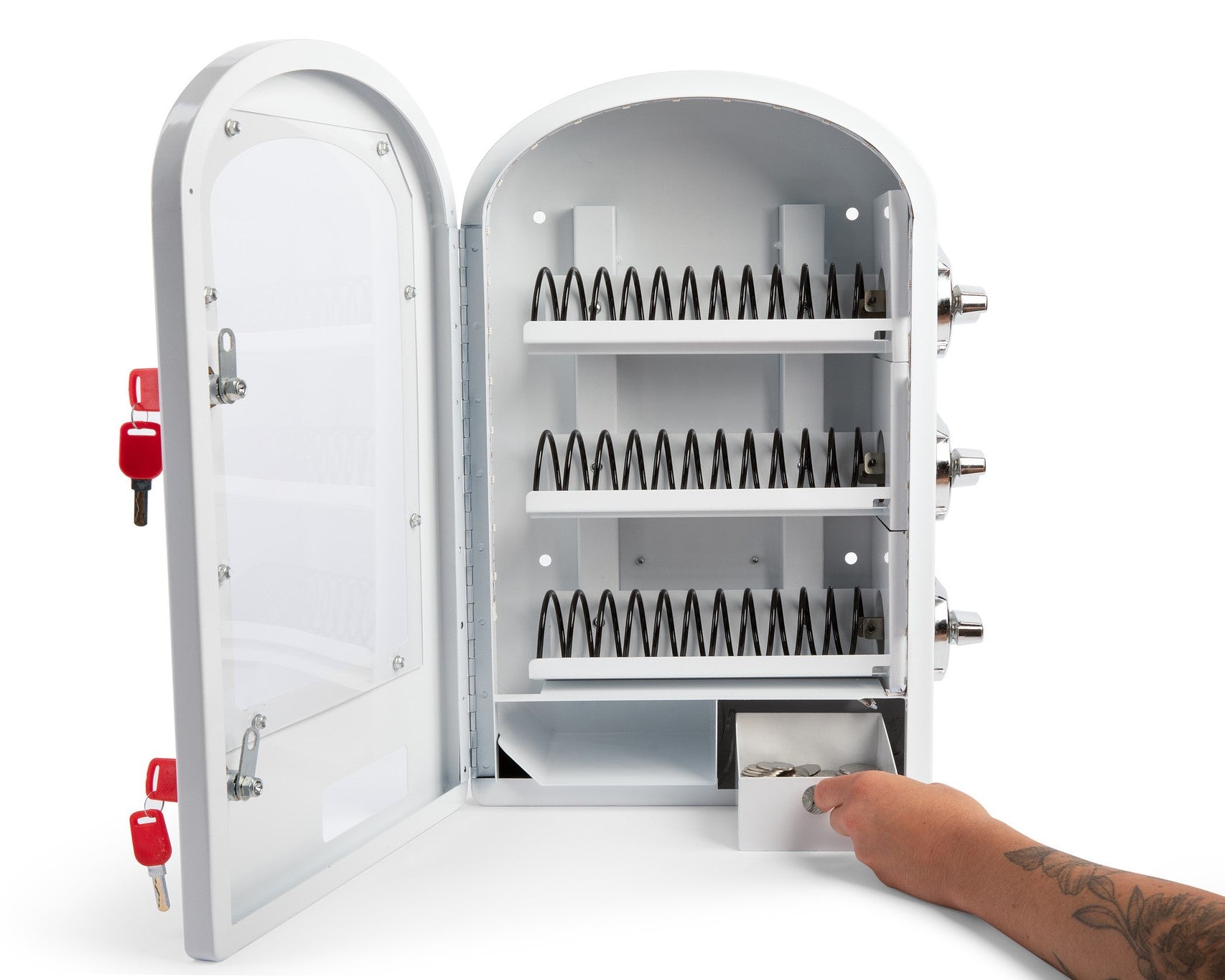


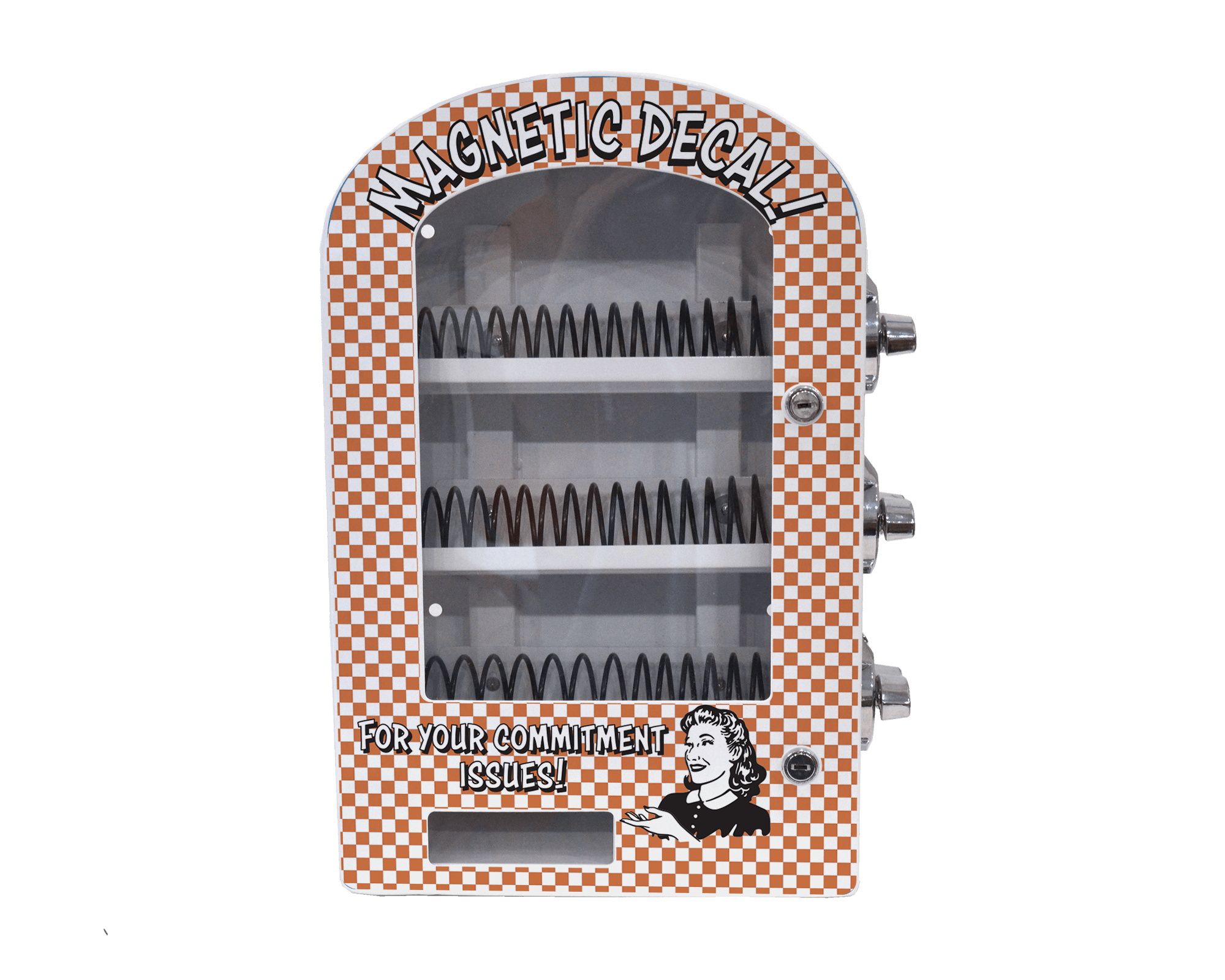
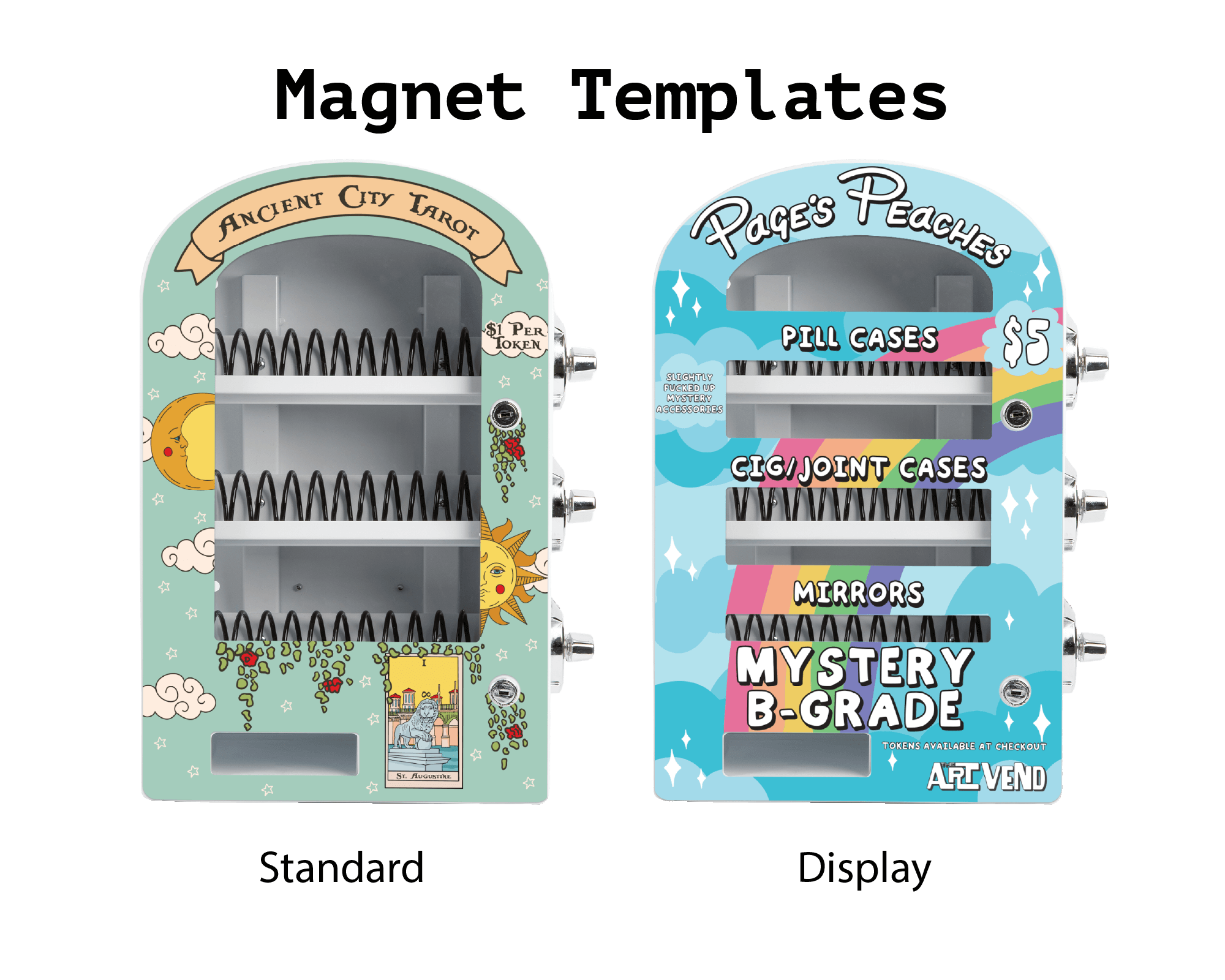
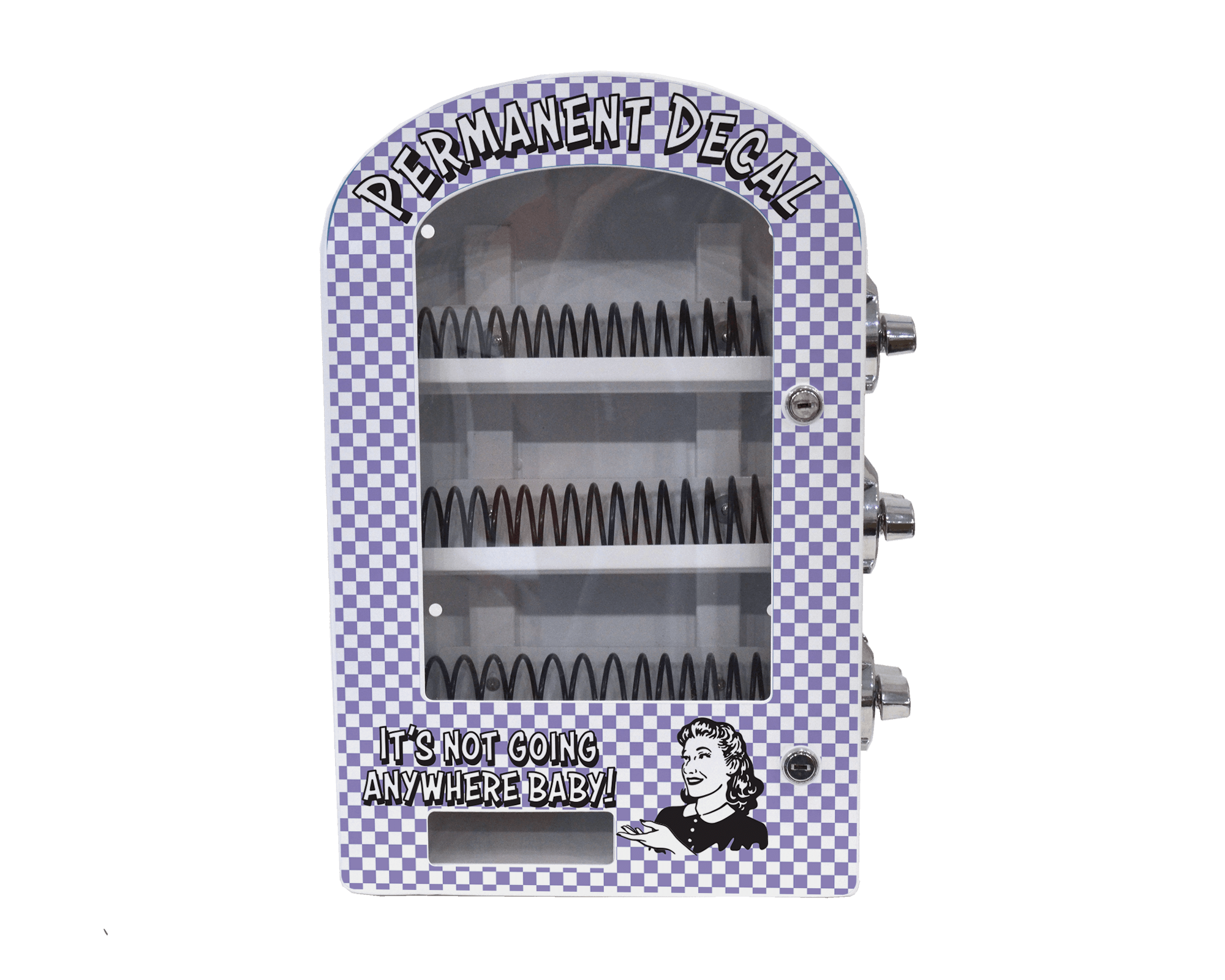

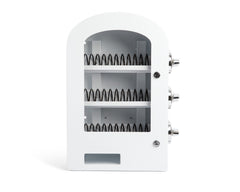
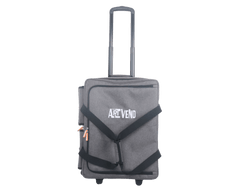

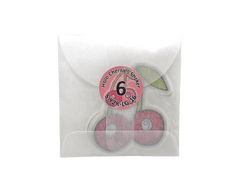
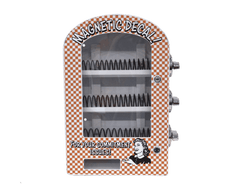
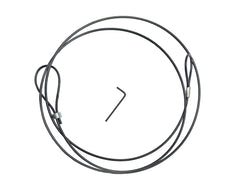
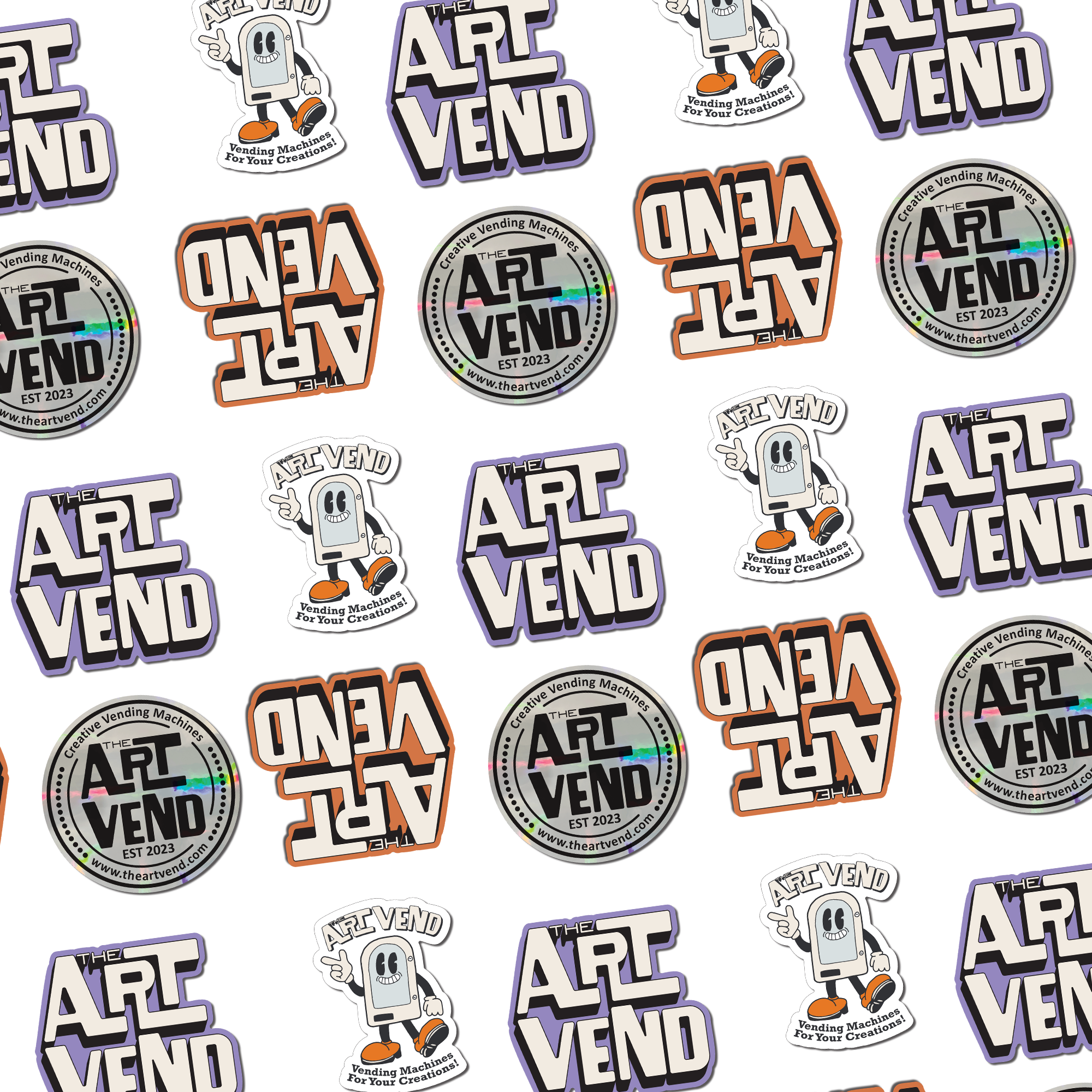
Leave a comment